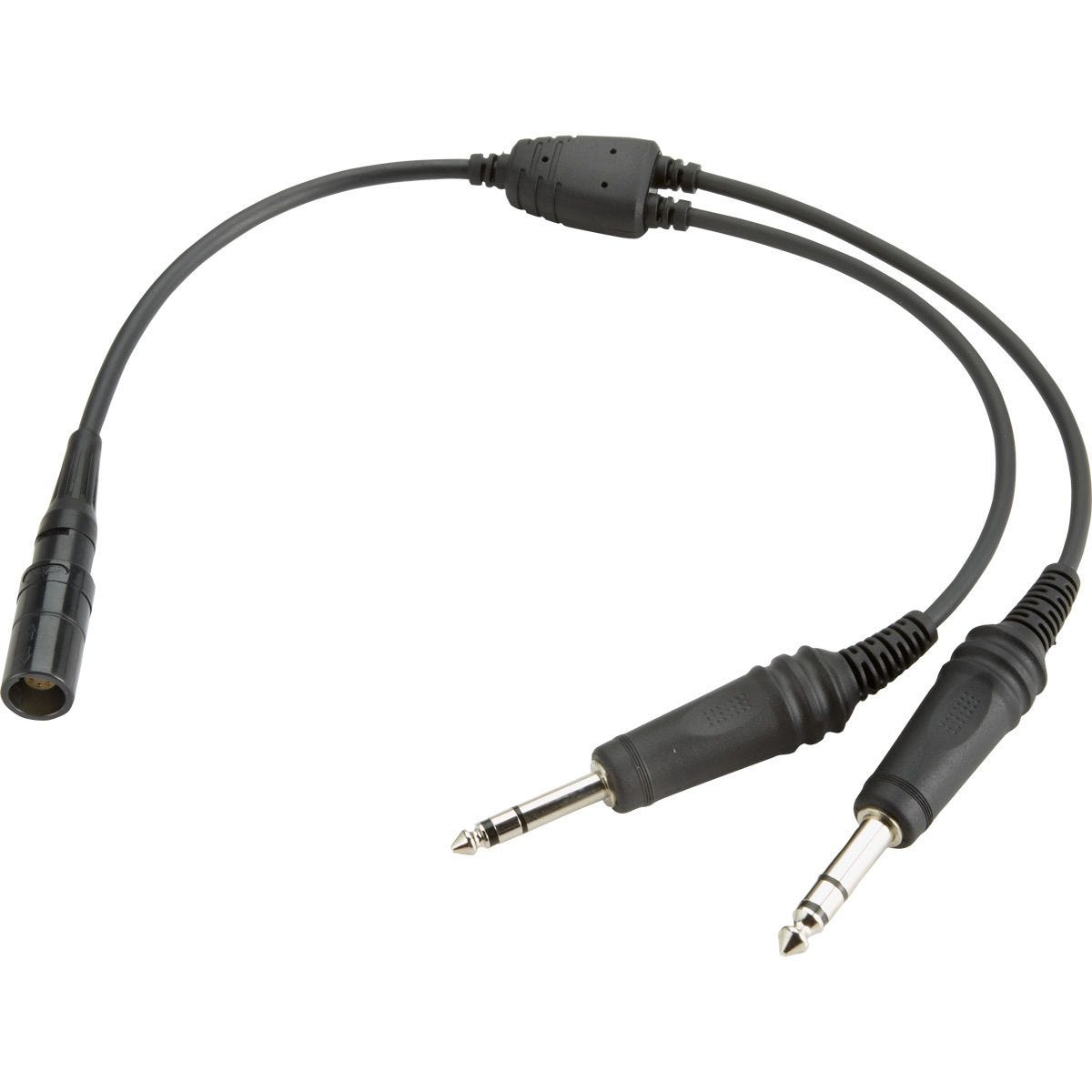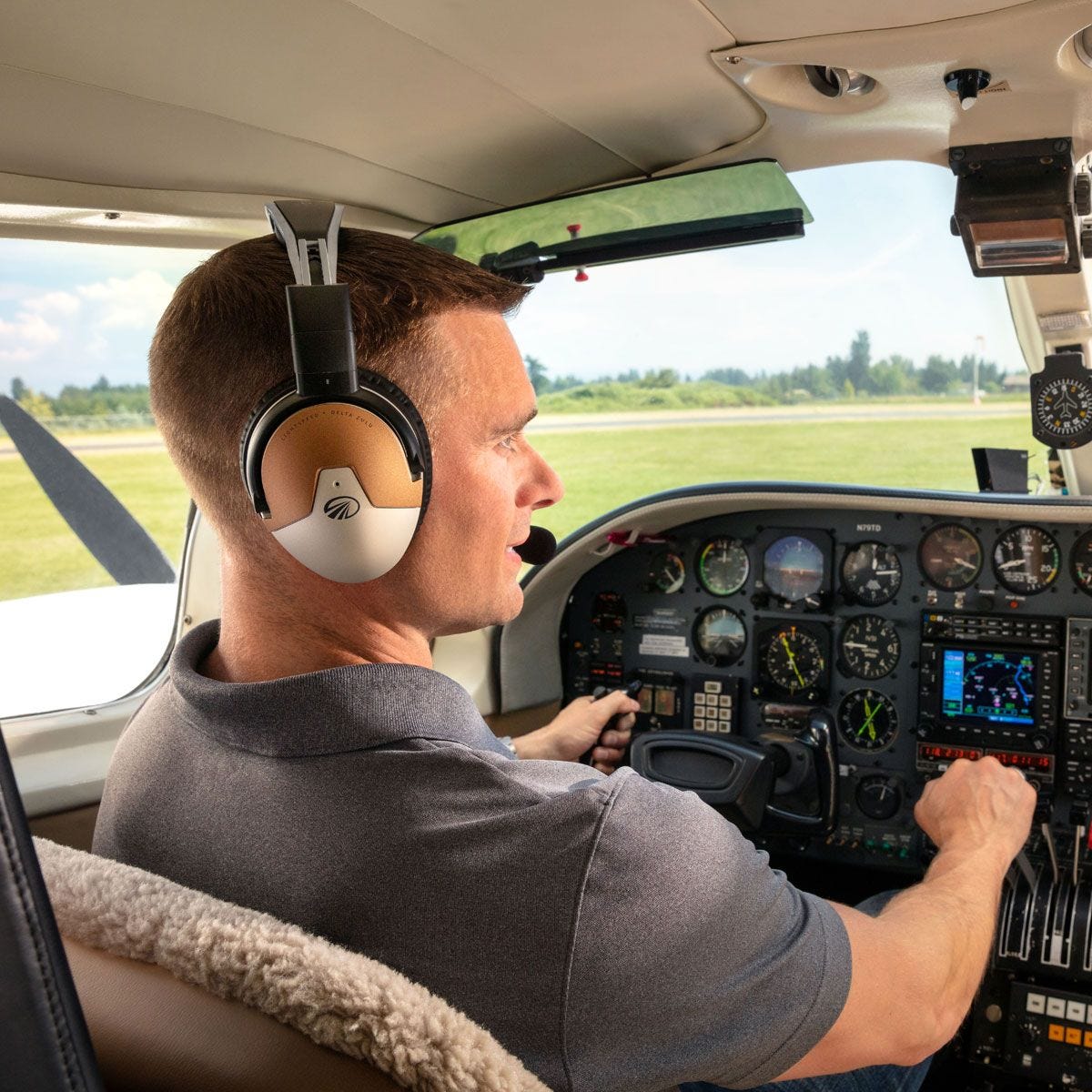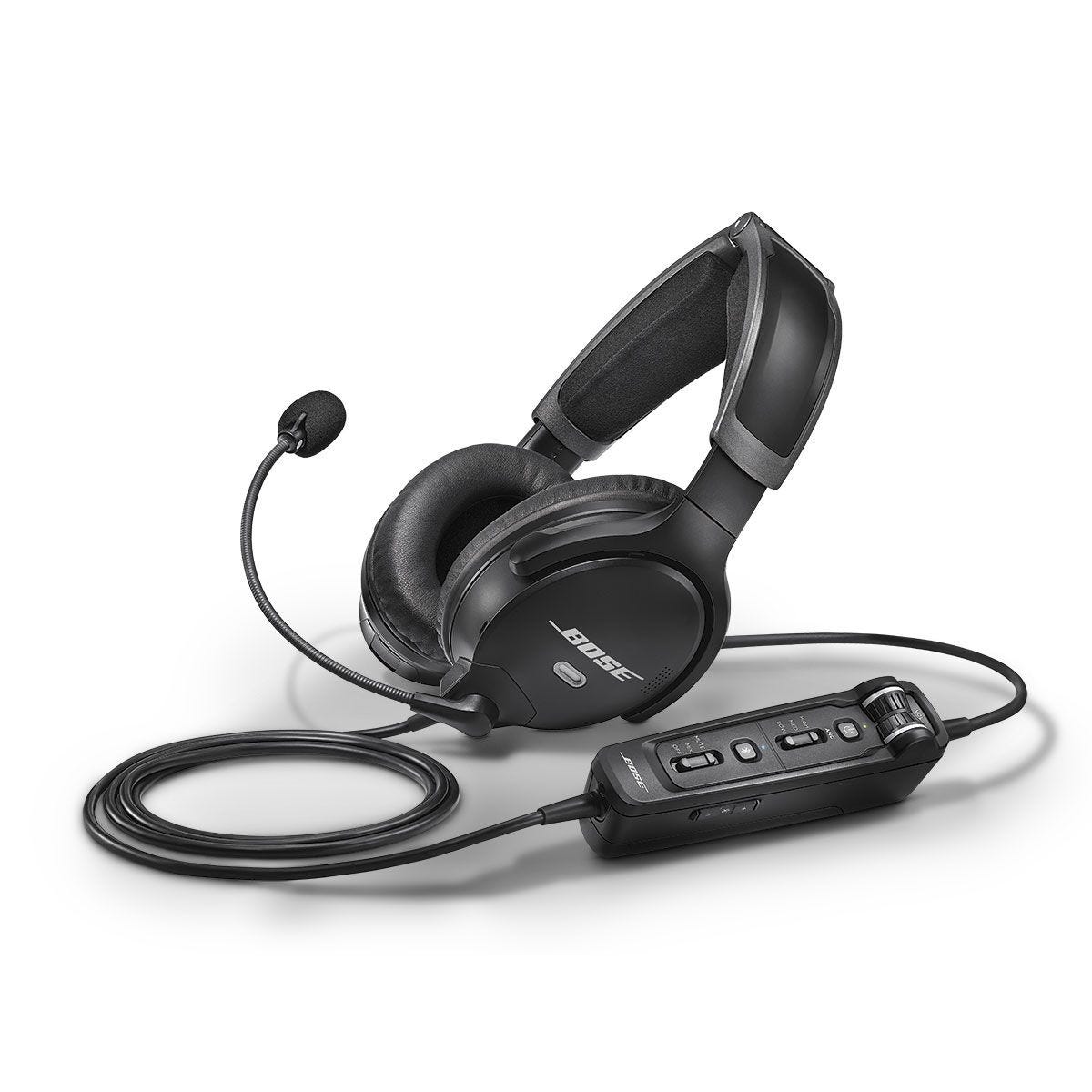Aviation headsets can be a sizable investment for pilots. Plopping down over a thousand dollars for something that will protect your hearing is a common practice for modern pilots (and a smart choice). After spending that hard-earned money on a headset, what can we do to make sure we get the most life out of our investment? Here are four things you can do to maximize the performance of your Bose, Lightspeed, or David Clark.
1. Protect it from the elements
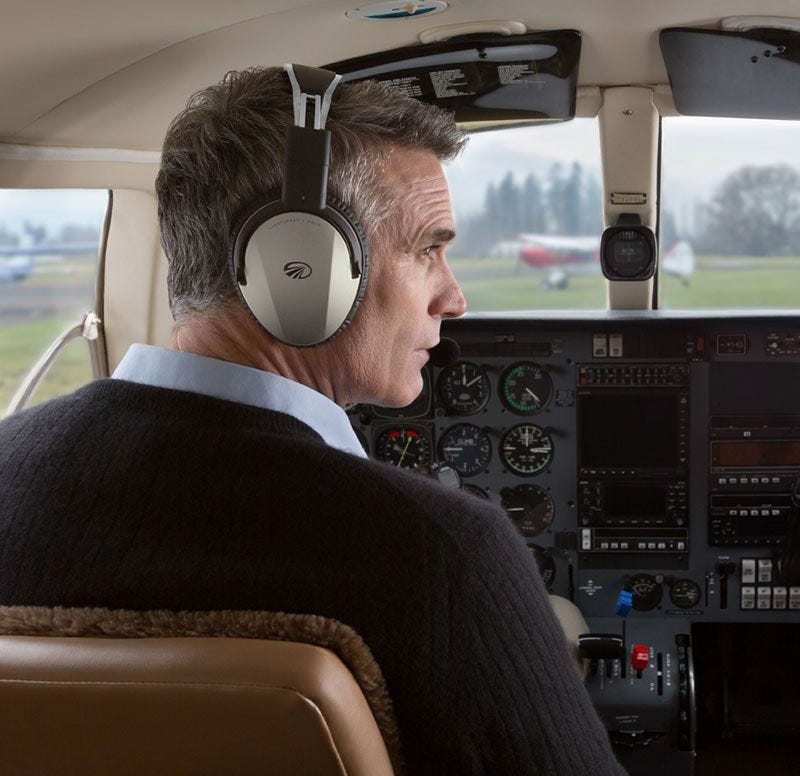 One of the leading factors wearing down a headset is the environment. If you park a car outside in Maine for 10 years, it’s probably not going to last as long as one parked in a garage in Oklahoma. In addition to the external components taking a beating, the electronics inside would prefer not to be in extreme conditions. The elemental bad guys are:
One of the leading factors wearing down a headset is the environment. If you park a car outside in Maine for 10 years, it’s probably not going to last as long as one parked in a garage in Oklahoma. In addition to the external components taking a beating, the electronics inside would prefer not to be in extreme conditions. The elemental bad guys are:
The sun
While we can’t fully avoid the sun while flying, we should try to keep our headsets out of the sun when not using them. UV light tends to break down the ear seals, head pads, and mic muffs. Sun beating down on the ear cups can greatly increase the internal temperature, leading to electronics wear and tear. Leaving your headset on the dash of your aircraft on a hot day can lead to some cursing when those hot, black ear seals touch your ears. Make sure you are storing your headset in the shade, and out of the airplane if it’s going to sit outside for long.
Extreme heat and cold
Always in moderation is a good mantra to live by, and it works well when dealing with headsets. Extreme temperatures can wear down headsets faster than moderate climates. Pilots in Alaska will normally have more repair issues than pilots in Ohio. Likewise, headsets stored in hot planes in Arizona will have shorter lifespans. Bring your headset out of the extreme cold or extreme heat when possible.
Moisture and humidity
Water is bad. Most pilots won’t dip their headset in a river, but they might run from plane to the FBO in a downpour. Try to keep your headset dry during these sprints to safety, and make sure to air dry your headset out once you’ve escaped certain death. Humidity can also be bad for headsets. Condensation inside the earcups can be just as destructive as a downpour. Storing your headset at home instead of the hangar is a great way to keep the effect of humidity down, and a good flight bag can protect the sensitive electronics from rain on the ramp.
2. Protect it from ourselves
Pilots are not known to be the gentlest when it comes to handling gear. Many students come in after a hot day practicing short field landings and let some frustration out as they slam their bag on the debrief table. An unprotected headset does not fare well in the training environment. Make sure you have a flight bag with padded pockets specifically designed to protect your headset.
3. Replace the wearable parts
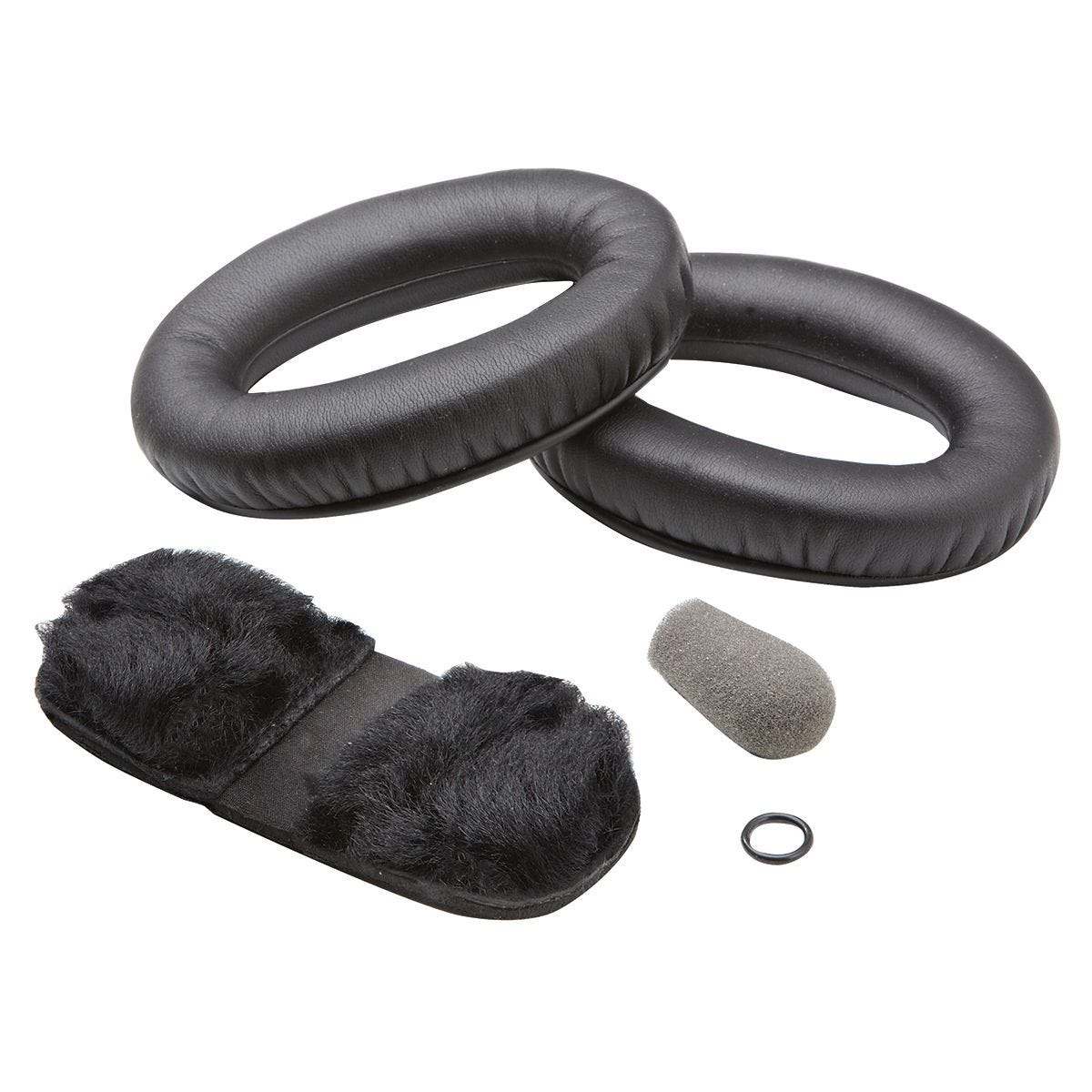 As headsets age, some pieces will wear out. This is normal as there is a tradeoff between comfort and longevity. There are three main components on headsets that are replaceable. Ear seals are the most noticeable item that will need replaced, and most brands will quote anywhere from a 6 to a 24-month useful life for ear seals. This really depends on how much you fly and the environment in which you fly. If your protein leather ear seals are cracked and peeling, you’ve waited too long to change them. Head pads and mic muffs should also be replaced regularly to keep your comfort level up. You’ll probably be shocked at how much of a difference fresh ear seals makes, both for comfort and noise canceling. We offer headset refresher kits for the Bose A20, Lightspeed Zulu series, and David Clark H10 series—they are a great investment.
As headsets age, some pieces will wear out. This is normal as there is a tradeoff between comfort and longevity. There are three main components on headsets that are replaceable. Ear seals are the most noticeable item that will need replaced, and most brands will quote anywhere from a 6 to a 24-month useful life for ear seals. This really depends on how much you fly and the environment in which you fly. If your protein leather ear seals are cracked and peeling, you’ve waited too long to change them. Head pads and mic muffs should also be replaced regularly to keep your comfort level up. You’ll probably be shocked at how much of a difference fresh ear seals makes, both for comfort and noise canceling. We offer headset refresher kits for the Bose A20, Lightspeed Zulu series, and David Clark H10 series—they are a great investment.
4. A little TLC never hurts
Dust and dirt have a way of penetrating in cracks and crevices where it shouldn’t be, especially on ANR headset with microphone and speaker ports on the ear cups. If you’re flying in a dusty environment, wiping off your headset before storing it in a nice flight bag will reduce the amount of dirt getting into those small, hidden places in your headset. If not, you’ll notice some caked-on dirt when you go to change your ear seals.
Your headset will probably not last forever, but given the proper care, you can be sure to get the maximum life out of your investment—easily 10 years for a premium headset.


